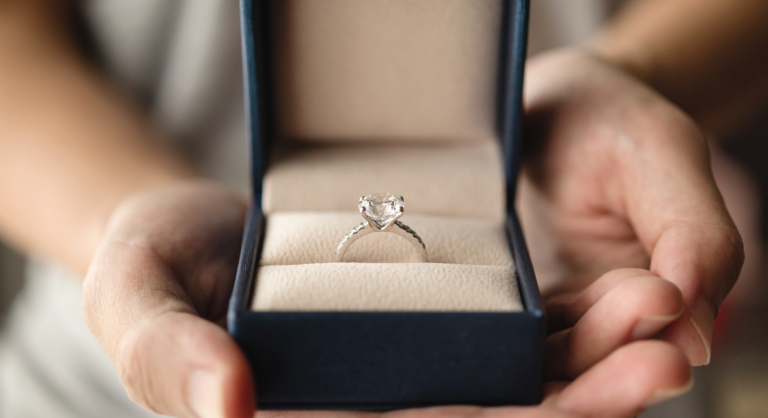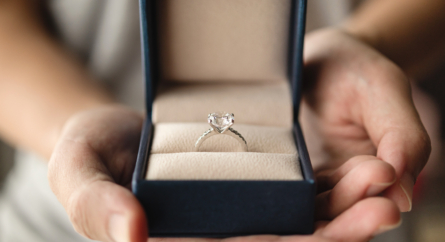Love and Personal Property – Who Keeps the Ring? (Part Two!)
As a follow up to my previous blog post on the $70,000 engagement ring, the Supreme Judicial Court has now joined the majority of states by ruling in Johnson v. Settino that the engagement ring must be returned if the wedding does not occur and an engagement is ended, regardless of who was at fault in the termination of the engagement. This is a significant change to prior law in Massachusetts.
Under the prior rule established by the Court in 1959, an engagement ring was considered a conditional gift, and the donor (the person who gave the ring) could ask for it back if the wedding never occurred, but a court could only order the ring back to the donor if the “marriage contract” was terminated without fault on the part of the donor.
Now, in deciding to abandon considerations of fault in the context of the conditional gift of an engagement ring, the Supreme Judicial Court discussed the inherent difficultly in assigning responsibility for the breakup, noting that various cases in other jurisdictions have presented “endless” breakup scenarios – the couple discover they have nothing in common, they have trouble with future in-laws, one party’s minor child is hostile to the other party, they have pets that can’t get along, untidiness, religious differences, differing political views, different senses of humor – the possibilities are endless! And then there’s the issue of courts having to assess “contradictory, acrimonious, and largely irrelevant testimony by disappointed couples” in determining who was at fault.
The Court also commented that assigning fault in a breakup is at odds with one of the main purposes of getting engaged in the first place – testing the “permanency of [the couple’s] wish to marry.” The Court opined that ongoing considerations of fault in this context are also contrary to public policy as reflected in the “heart balm act,” which eliminated “heart balm” torts – civil lawsuits that allowed people to seek financial compensation for the end of a romantic or marital relationship (Massachusetts abolished “heart balm” torts all the way back in 1938). In other words, allowing one party to sue for the return of an engagement ring based on fault considerations “simply involves the courts in the same type of acrimonious displays the heart balm act was designed to eliminate.” Finally, the Court noted that, because fault is no longer a consideration in divorce actions by virtue of no-fault divorce (which has been the law in Massachusetts since 1976), fault should be just as irrelevant when an engagement ends as it is when a marriage ends.
In overturning the rule from 1959, the Supreme Judicial Court commented that changing this particular rule did not involve interpretation of a statute but, rather, changing a rule that the Court itself had made. The Court also called the fault-based conditional gift rule “outdated” and opined that “it is time to let it go.” The Court held that the new rule should apply retroactively to the parties in this case, Johnson (the donor) and Settino (the recipient), because they both argued that the no-fault rule should be retired – Johnson argued that the donor should keep the engagement ring if the condition of marriage did not occur, and Settino argued that the gift should instead be unconditional and the recipient should keep it. Settino was ordered to return the engagement rings (and the wedding rings she was apparently still holding on to) to Johnson.
Categorized: Prenuptial
Tagged In: conditional gift, engagement ring





